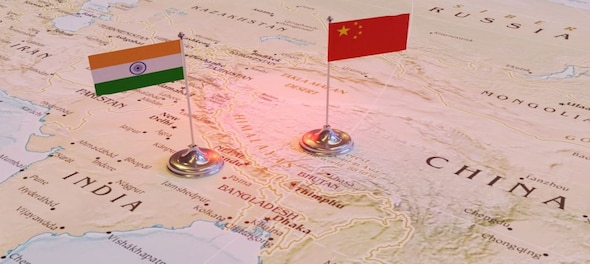
"The United States recognises Arunachal Pradesh as Indian territory, and we strongly oppose any unilateral attempts to advance territorial claims through incursions or encroachments, whether military or civilian, across the Line of Actual Control," said US State Department Principal Deputy Spokesperson Vedant Patel in a press conference amid China’s protest over Prime Minister Modi’s visit to Arunachal Pradesh.
The Indian PM was in the northeastern state, which Beijing refers to as Zangnan, to inaugurate the world's longest bi-lane tunnel, named Sela Tunnel. Chinese Defense Ministry spokesperson Senior Colonel Zhang Xiaogang claimed that the southern part of Xizang, the Chinese name for Tibet, is an inherent part of China, and what is called Arunachal Pradesh is ‘illegally established’ by New Delhi.
Chinese anxiety usually arises whenever an Indian official enters this northeastern state. But this time, the apprehension was higher than ever due to the military significance of the tunnel.
Situated at an elevation of 13,000 feet, the tunnel is built on the road connecting Assam's Tezpur to Arunachal Pradesh's Tawang, providing all-weather connectivity to the region closer to the Line of Actual Control (LAC). Dug beneath the 4,200-meter (13,800-foot) high Sela Pass, the tunnel links the Tawang district to the rest of Arunachal Pradesh and enhances the operational capabilities of the Indian Army in the region.
The Indian government has relocated over 10,000 soldiers from the country’s western borders to the eastern border to reinforce its military power, as reported by Bloomberg earlier this month.
"In addition, an existing contingent of 9,000 soldiers, already designated to the disputed Chinese border, will be brought under the newly created fighting command. The combined force will guard a 532 km (330.57 miles) stretch of border that separates China’s Tibet region from India’s northern states of Uttarakhand and Himachal Pradesh," Bloomberg reported.
"India's move to strengthen military deployment along the border with China is counterproductive to the two countries' efforts to ease the situation at the border and is not conducive to safeguarding peace and tranquility in the border areas," complained Chinese Foreign Ministry spokesperson Mao Ning in a recent press conference.
Chinese media, serving as echo chambers for official viewpoints, linked the prime minister’s visit to the upcoming general election in India. Global Times published an article titled ‘India's recent acts, remarks over China's Zangnan serve election purpose' and didn’t hesitate to offer unsolicited advice, stating that the consequences of sparking military conflict in the border region are 'too grave for New Delhi'.
"The Indian government's recent acts and remarks regarding the Chinese territory of Zangnan are in the interests of helping Prime Minister Narendra Modi win re-election, as he and his party seek to shape a hawkish image for their nationalist voters," wrote the author of the article. While the Global Times might be waving the flag of peace, China seems to be juggling territorial disputes with more than 15 countries, turning the diplomatic arena into a geopolitical circus.
The Five Fingers of Tibet Theory
The Five Fingers of Tibet Theory, attributed to Mao Zedong, underpins Chinese claims to Arunachal Pradesh. It considers Tibet as China’s right-hand palm, with five fingers - Ladakh, Nepal, Sikkim, Bhutan, and Arunachal Pradesh. This theory is not only preached to bridge cultural linkages but also to underline China's responsibility to ‘liberate’ these areas.
In conclusion, the geopolitical tensions surrounding Arunachal Pradesh underscore the complex dynamics between India and China, with historical, territorial, and strategic considerations intersecting in the region.
As both nations continue to assert their interests and consolidate their positions, the ramifications of these actions extend beyond mere territorial disputes, impacting regional stability and global geopolitics.
The Five Fingers of Tibet Theory, deeply ingrained in Chinese strategic thinking, further complicates the situation, emphasising China's perceived responsibility to assert control over territories it considers integral to its sovereignty. As such, the situation in Arunachal Pradesh remains a focal point of contention, reflecting broader power struggles and historical narratives in the region.
(Edited by : Anand Singha)
Check out our in-depth Market Coverage, Business News & get real-time Stock Market Updates on CNBC-TV18. Also, Watch our channels CNBC-TV18, CNBC Awaaz and CNBC Bajar Live on-the-go!


Just 8% women candidates contested first two phases of Lok Sabha polls
Apr 29, 2024 12:00 PM
The sexual assault case against Prajwal Revanna — here's what we know so far
Apr 29, 2024 11:36 AM
Repolling underway at one polling booth in Chamarajanagar LS segment in Karnataka
Apr 29, 2024 10:32 AM

